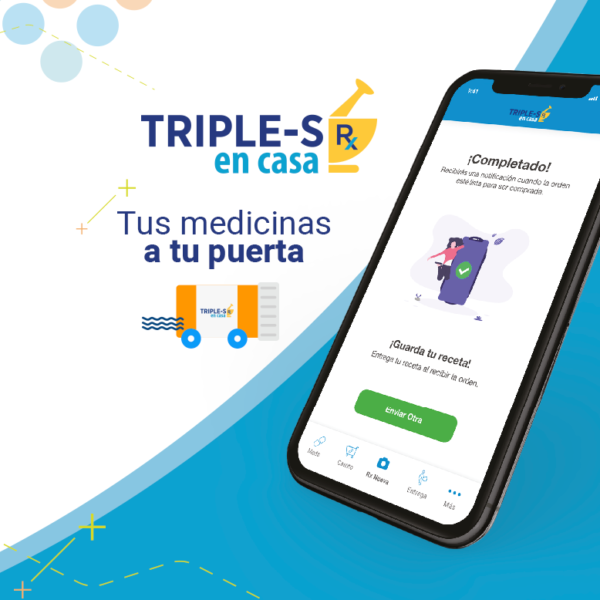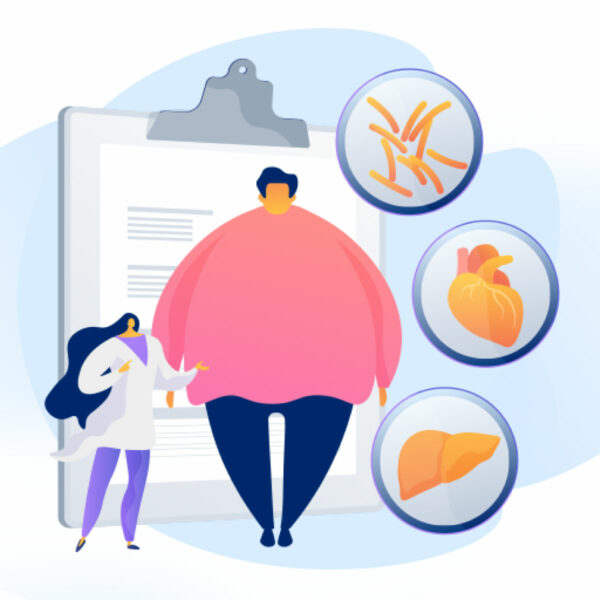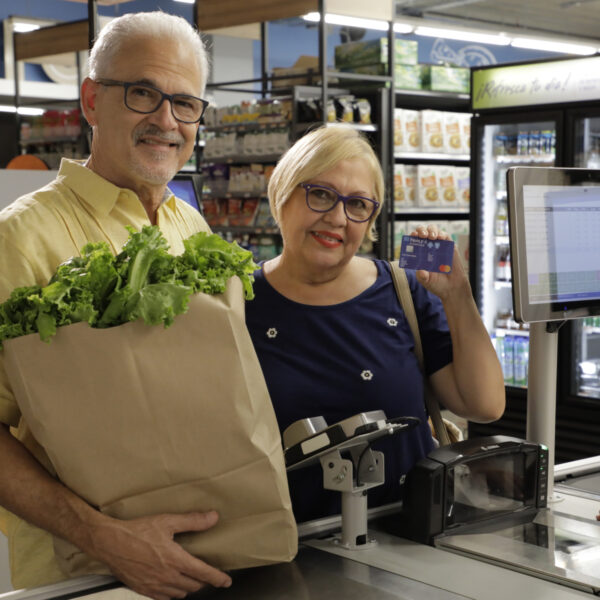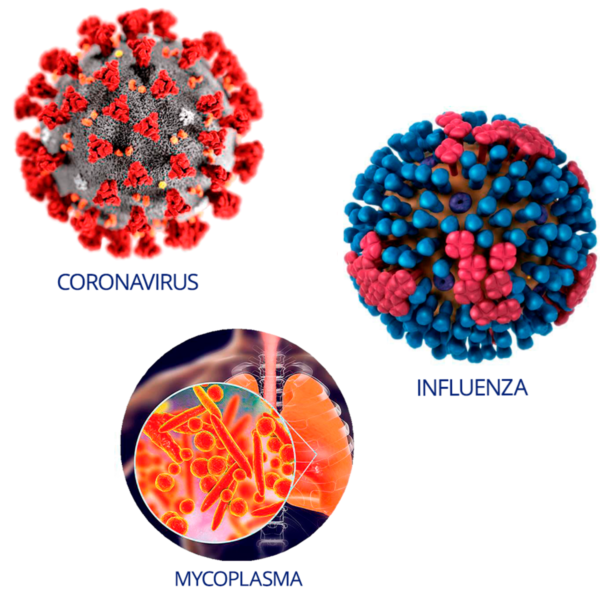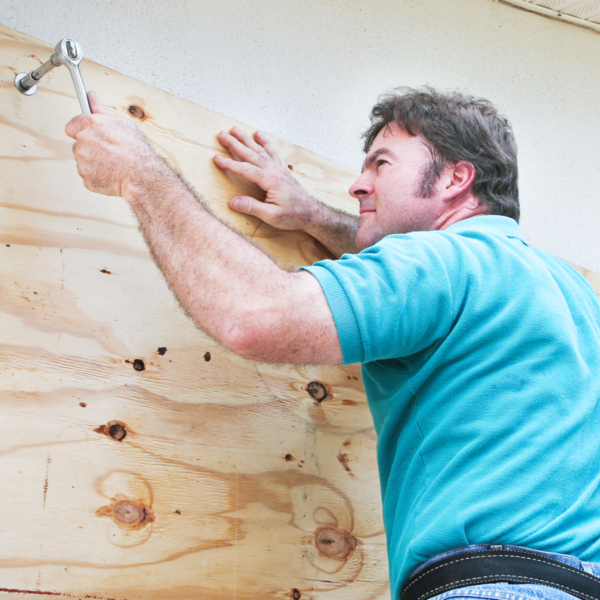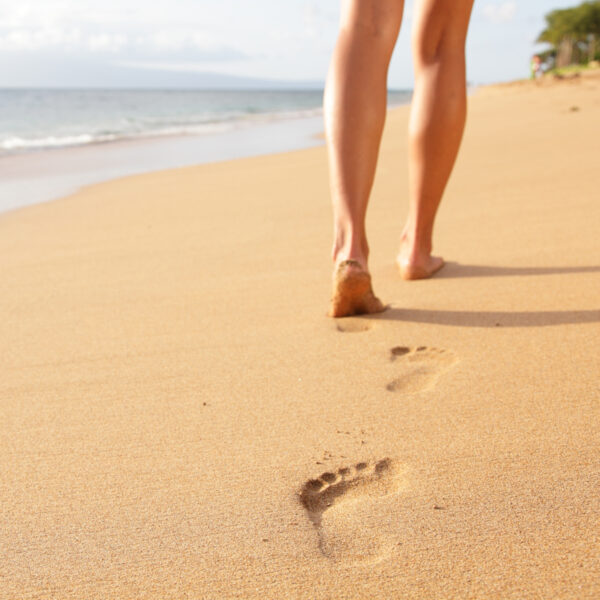As we age, the importance of caring for our hearts becomes increasingly evident. Maintaining a healthy heart is essential to enjoying an active life in elderly adults. One of the most effective ways to take care of heart health is to practice some form of cardiovascular exercise regularly.
The heart benefits greatly from physical activity. Cardiovascular exercise, also known as aerobic exercise, is a movement that increases the heart rate and improves circulation. This type of physical activity is essential for older adults, as it helps prevent heart disease, strengthens the heart muscle, and improves lung capacity.
Regular exercise can reduce the risk of high blood pressure by promoting efficient blood circulation, decreasing the risk of blood clots, and improving vascular function. In addition, these exercises can help maintain a healthy weight.
Before you start exercising:
The first step should be to consult with your doctor or a health professional to reconfirm that you can do these practices. Then, take note of these details:
- proper athletic footwear: essential to protect your feet and joints, providing the necessary support during your physical activities
- comfortable clothing: allows you to move quickly and avoids skin irritations
- hydration: always have water on hand to hydrate yourself during exercise
- listen to your body: adjust the intensity of exercise according to your capabilities
Exercises at home
Here are some suggestions for simple exercises that can be practiced at home and are considered cardiovascular exercises.
- Walking in place: Walking is a practical, low-impact cardiovascular activity. You can walk in place for about 15-30 minutes a day. Be sure to lift your knees well and swing your arms to maximize the cardiovascular benefits. You can do this while watching TV or listening to music.
- Stationary walking with knee lifts: This exercise adds a component to walking in place. Raise your knees to your chest while marching in place. This movement activates more muscles and increases your heart rate. Try to maintain a steady pace and breathe deeply. You can adapt the intensity according to your comfort level.
- Chair exercises: simple sitting movements, such as lifting your knees.
- Heel raises: Start by standing near a firm surface, such as a chair, to balance and strengthen your calf muscles. Slowly lift your heels while keeping your toes on the floor, then lower your heels back to the floor. Repeat this heel lift movement 10 to 15 times, contributing to muscle strengthening in that area.
- Dance: Put on music with an excellent, calm beat and perform gentle dance moves, such as side steps, slow turns, or arm movements. Dancing is a great way to incorporate cardiovascular activity in a fun and social way. Adjust the intensity to your comfort level and enjoy the music while you move.
Daily activities:
Being at home also offers different physical activities, such as beneficial heart exercises. House cleaning can be a great way to stay active. Stretching at home not only improves flexibility but also promotes cardiovascular health. Dancing is a fun activity that raises the heart rate. While lifting everyday objects can be transformed into makeshift weights that offer a simple way to strengthen muscles and maintain a healthy heart. Integrating these activities into the daily routine not only contributes to physical well-being but also provides significant benefits for cardiovascular health.
Consult a health professional before starting any exercise program. Cardiovascular exercise can become your ally in maintaining a strong heart and an optimal quality of life as an older adult. Let’s get moving for a healthy and happy heart!


